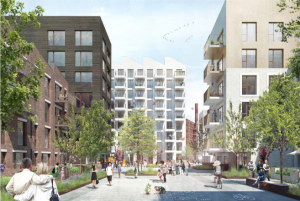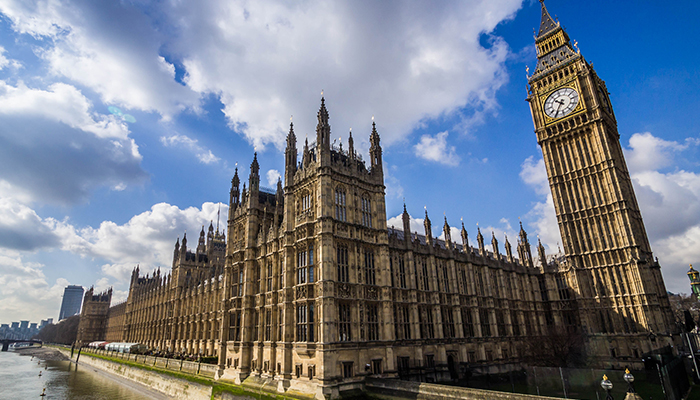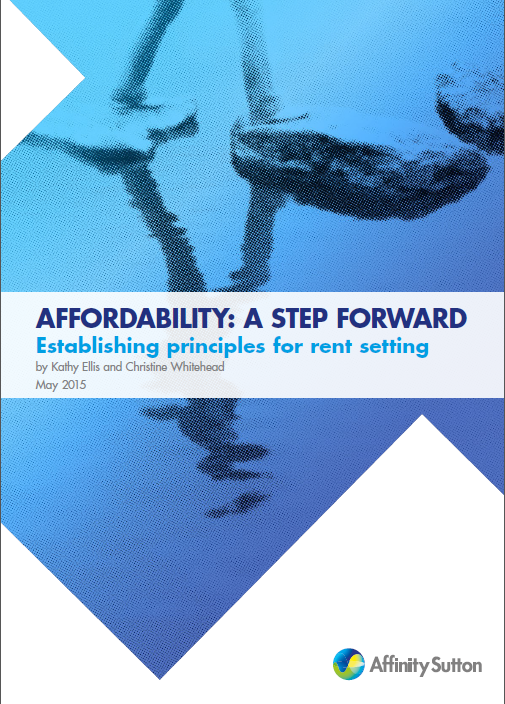
On 7 February 2018, Kath Scanlon presented the findings from our report, entitled The Future of Social Housing, for Flagship Housing Association. The event was hosted by Switchee, a company that provides a ‘smart thermostat designed to help affordable housing providers fight fuel property’. The event was geared towards a group of industry thought leaders.
In her presentation, Kath discussed the contemporary context under this these considerations are being made. These include the Housing White Paper, social housing green paper (to come), austerity and cutbacks, the housing crisis, not just in London, and, of course, Grenfell. In considering what the future social housing provider may look like, we conducted our research focusing on operation, structure, and customer demographics. Click here to access our full length report, and here to read our summary of our findings.
As it stands, what Housing Associations (HAs) do depends may depend on where you are. If you are on the outside looking in, they provide low-cost housing for low-income or vulnerable people. If you are on the inside, they provide housing. Some of it is low-cost.
Regardless of the case, Kath identifies four big challenges facing HAs: 1) The macro economic environment, 2) Demographic trends, 3) The welfare regime, and 4) the organisation of the sector. As far as macro economy goes, Housing Associations increasingly operate in same space as for-profit developers—and face the same risks. Demographics: there are more older households now, fewer aged 25-34 with children, but more 25-34 sharers. The welfare regime challenge come in the form of welfare cap and universal credit which mean more tenants have problems making rent payments, and some HAs are refusing local authority nominations. The organisation of the sector challenge points to the trend for bigger organisations to merge, despite there not being clear efficiency gains past a certain size, especially when joint working arrangements could be as effective.
In her presentation, Kath identifies four areas of opportunities where the future social housing provider may focus on. These are: 1) Working with public landowners to build schemes that are mostly / entirely affordable, 2) Improving links between health and social care, 3) Building, owning and managing private rented stock, and 4) Embracing digital working, artificial intelligence and MMC.
Click here to access the complete PPT presentation where Kath details these areas of opportunities and provides examples where they are at work, albeit at a small scale.






Very informative, shows the potential crisis that we’re experiencing within the housing market. Trying to get on the property ladder for anyone in their young adult life is always going to be extremely difficult. There chances are as you say either to rent or to just commute a slightly longer distance, I realised this when growing up in the local area.